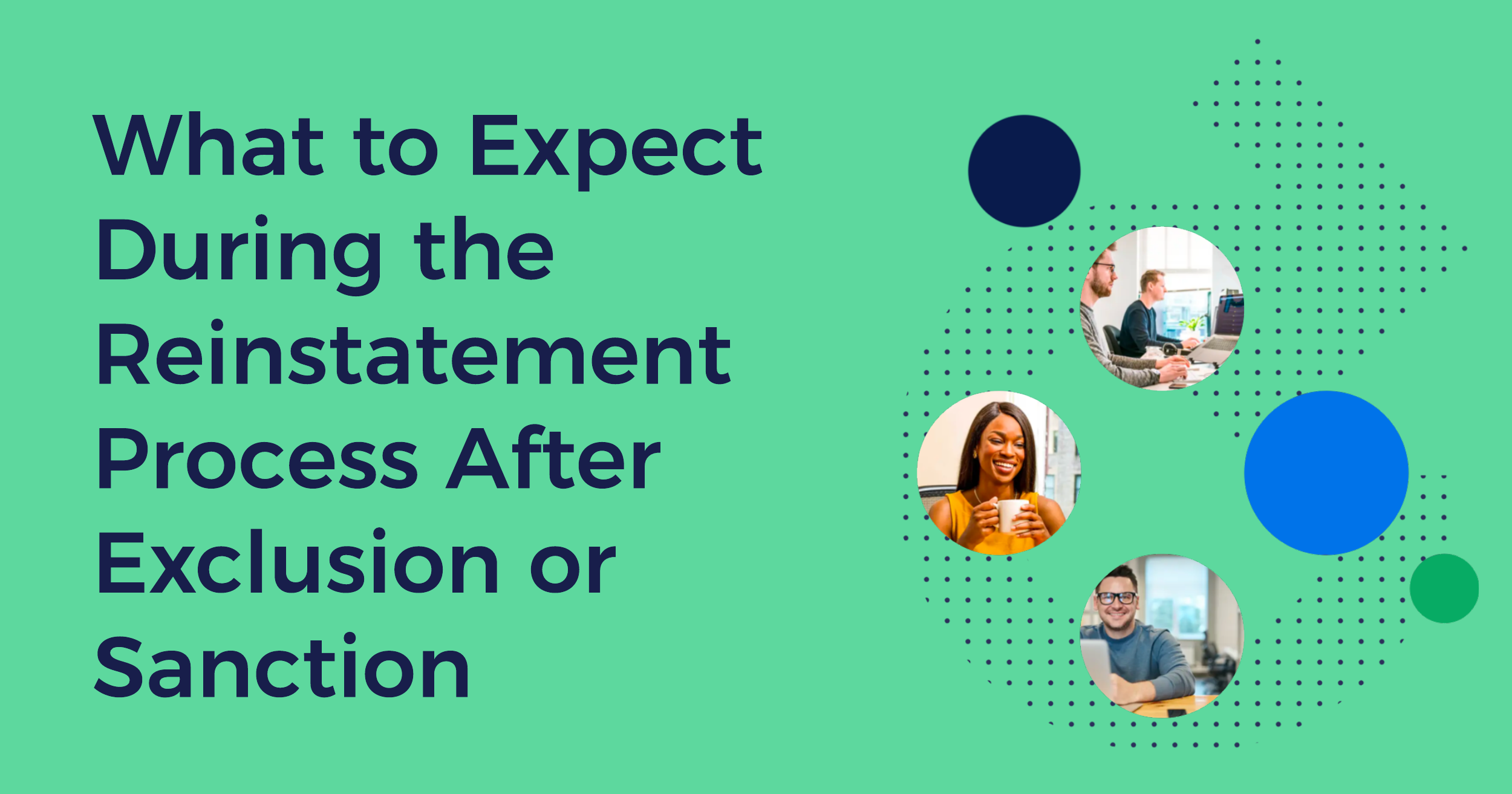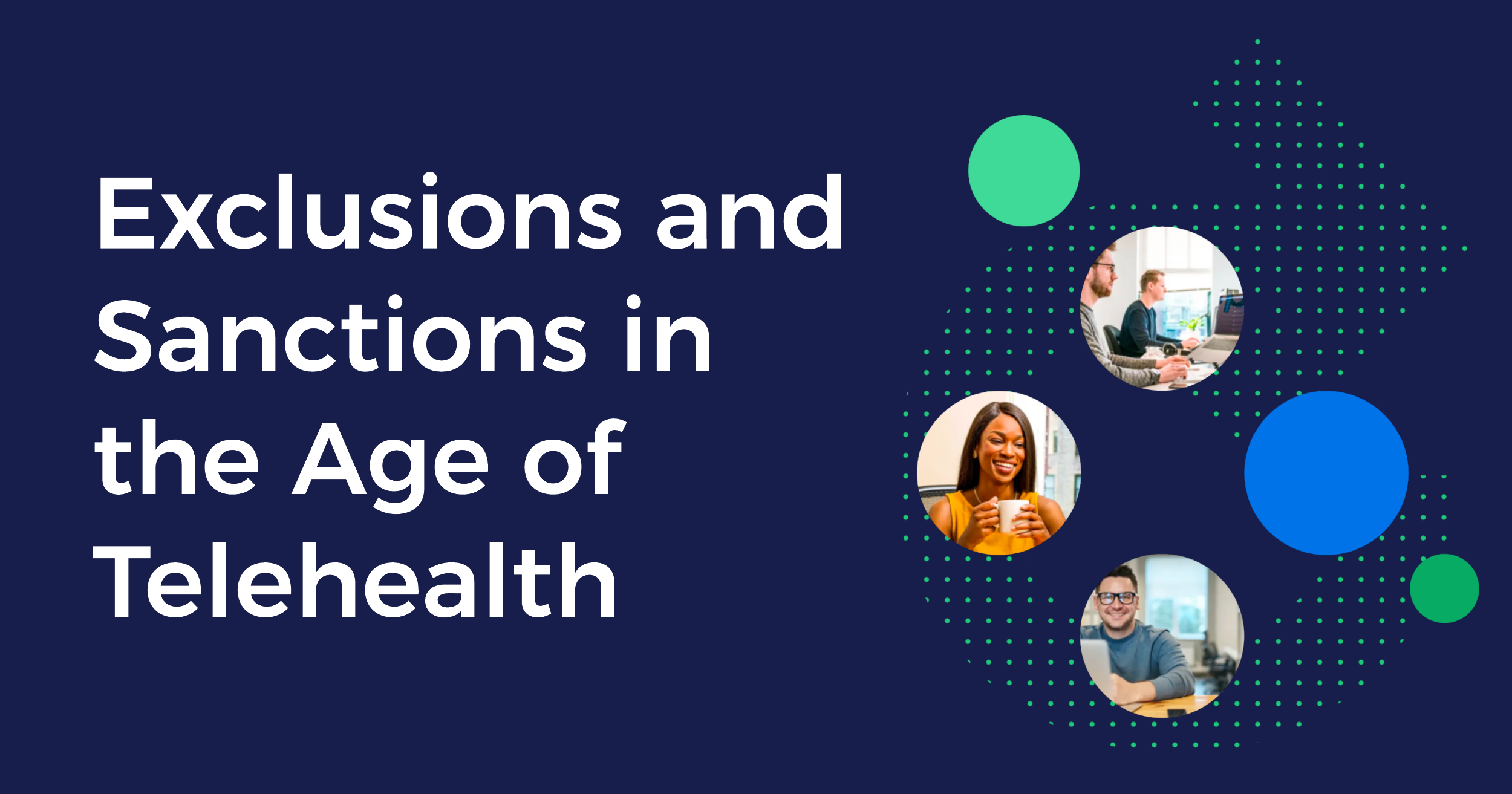The prehire experience refers to the interactions and processes a candidate goes through from the moment they first express interest in a job until they officially become an employee—these activities in this time frame range from recruitment and selection to onboarding.
The prehire experience can significantly affect a candidate’s overall impression of an organization and impact their engagement, satisfaction, and long-term success. Employers should strive to create a positive, efficient, and fair prehire experience for all candidates to attract and retain top talent.
Key Learnings with Prehire Experience
1. Time to Hire is a critical component of your organization.
As the saying goes, time is money. A lengthy hiring process can be a deterrent for top talent, who may receive other job offers and choose to pursue those instead. A more efficient hiring process can help you attract the best candidates and compete for top talent.
A prolonged hiring process can result in delays and disruptions to business operations as open positions remain unfilled. Organizations can fill essential roles quickly and maintain business continuity by reducing hiring time.
A lengthy hiring process can also impact employee morale, as existing staff members may be required to carry an increased workload while they wait for new hires to start. A shorter time to hire can minimize this impact and maintain a positive work environment.
2. Communicated expectations for the onboarding process are vital.
 Communication helps new hires clearly understand what to expect during their onboarding process and their roles and responsibilities. This clarity can help reduce anxiety and improve employees' sense of purpose and engagement.
Communication helps new hires clearly understand what to expect during their onboarding process and their roles and responsibilities. This clarity can help reduce anxiety and improve employees' sense of purpose and engagement.
A well-communicated onboarding process can help new hires to become productive more quickly. By providing clear information and expectations, new hires can hit the ground running, reducing the time and effort required to get up to speed.
Communication of expectations can help ensure a consistent and standardized onboarding process for all new hires, regardless of their role or department. Consistency can improve the onboarding process's effectiveness and reduce confusion and misunderstandings.
3. Simplifying workflows will support both your team and your candidates.
Simplify. Simplify. Simplify. Taking key steps for your team and your candidates can ensure that the prehire process is smooth sailing for everyone involved.
Reducing the number of systems where candidates share their personal information can streamline their process. In addition, reducing the number of systems the organization monitors can decrease the time to review documentation and ensure that a qualified candidate is good to go.
Communicating regularly with all parties is crucial, but make sure to set a clear communication method - will you be texting your candidate? Calling? Emailing? Having one method of communication can ensure clarity with information being shared, and having the opportunity to document your conversations in one spot is also crucial.

Best Practices for Your Prehire Experience
1. Supporting key personnel in the prehire process.
Provide key personnel with communication templates for success. Communicating expectations and providing detailed information about the hiring process that defines the next steps and timelines.
Creating typical onboarding plans for new employees that offer resources and information to help new hires prepare for their first day, including information about the company, culture, benefits, and expectations.
2. Communication is key.
Communication is key, always. Communicating every step of the way, especially with expectations, can lead to increased productivity, retention, compliance, and consistency. By effectively communicating the onboarding process and expectations, organizations can help to ensure a successful transition for new hires and improve overall organizational performance.
3. Simplify workflows for a qualified candidate when possible.
Streamline the application process with the opportunity for candidates to submit their resumes, cover letters, or other necessary documentation.
Automate repetitive tasks like scheduling interviews, sending follow-ups, and generating offer letters.
Utilizing technology like virtual interview tools, digital signature platforms, and other relevant technology to reduce the time to hire for both the candidate and your organization.
4. Reflect & review the current processes as an organization throughout the year.
 Organizations can review and reflect on their current processes throughout the year by taking several key steps.
Organizations can review and reflect on their current processes throughout the year by taking several key steps.
Conducting surveys and gathering feedback from new hires and other stakeholders to understand the strengths and weaknesses of the entirety of the process.
Performing data analysis on time to hire, retention rates, and feedback scores to gain important insights into the effectiveness of your current processes.
Encourage collaboration between departments in your organization, such as HR, Talent Acquisition, and Operations, to share ideas and insights about the prehire process.
Regularly review and evaluate the prehire process to identify improvement areas and make necessary changes.
Final Thoughts
In conclusion, the prehire experience is a critical component of an organization’s talent acquisition strategy. A positive prehire experience can help build strong, lasting relationships with candidates, increase candidate engagement, and drive better retention rates. On the other hand, a negative prehire experience can damage an organization’s reputation and hinder the ability to attract top talent.
Organizations should focus on creating a consistent and positive prehire experience by:
- Communicating expectations clearly and transparently.
- Supporting and engaging with candidates throughout the entire process.
- Continuously review and refine the prehire process to drive improvements.



